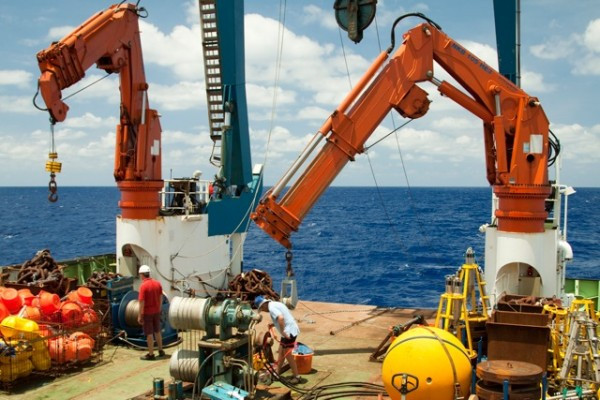Coming soon - drier days in UK, drought in Africa and sea level rise along US coast

A cooling of the Atlantic at present is likely to bring drier summers in the UK, accelerate sea level rise on the northeast coast of the US and drought in the Sahel region of Africa.
Strong ocean currents generated by atmospheric currents carry heat from the tropics towards Europe in a phenomenon that affects decadal scale climate over the region.
The study by scientists from the University of Southampton and National Oceanography Centre (NOC) suggests the impending broad scale in the global climate could last for a number of decades.
It is based on observational evidence of the link between ocean circulation and the decadal variability of surface temperatures in the Atlantic Ocean.
Accompanied by half a degree drop in sea surface temperatures, this new climatic phase may offer a brief respite from heat waves and result in fewer hurricanes hitting the United States.
Crucial link
The study, published in Nature, proves that ocean circulation is the link between weather and decadal scale climatic change.
Lead author Dr Gerard McCarthy, from the NOC, said: "Sea-surface temperatures in the Atlantic vary between warm and cold over time-scales of many decades. These variations have been shown to influence temperature, rainfall, drought and even the frequency of hurricanes in many regions of the world. This decadal variability, called the Atlantic Multi-decadal Oscillation (AMO), is a notable feature of the Atlantic Ocean and the climate of the regions it influences."
The strength of the ocean currents is determined by atmospheric conditions that control the position of the jet stream.
The ocean currents were measured by a network of sensors, called the RAPID array, which study the flow rate of the Atlantic meridonal overturning circulation (AMOC) for a decade.
Dr David Smeed, from the NOC and lead scientist of the RAPID project, adds: "The observations of AMOC from the RAPID array, over the past ten years, show that it is declining. As a result, we expect the AMO is moving to a negative phase, which will result in cooler surface waters. This is consistent with observations of temperature in the North Atlantic."
As the RAPID array has only been collecting data for last ten years, the present study instead used 100 years of sea level data, maintained by the National Oceanography Centre's permanent service for mean sea level.
Models of ocean currents based on this data were used to predict how much heat would be transported around the ocean, and the resulting impact on the sea surface temperature in key locations.
Co-author Dr Ivan Haigh, lecturer in coastal oceanography at the University of Southampton, said: "By reconstructing ocean circulation over the last 100 years from tide gauges that measure sea level at the coast, we have been able to show, for the first time, observational evidence of the link between ocean circulation and the AMO."
© Copyright IBTimes 2025. All rights reserved.





















